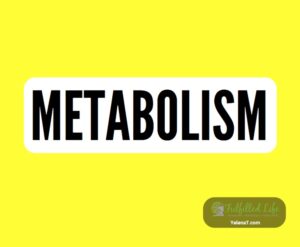We often experience sinus problems especially when it is cold. And sometimes we just disregard the signs and symptoms we experience knowing it is only a simple cold symptom, however from a simple cold it’s possible for it to develop into a sinus infection.
How hard is it to tell the difference between something acute and chronic?
Here is a more specific presentation of the signs and symptoms of sinus infection depending upon which of the sinuses are affected and in cases where the infection is acute or chronic.
The following are the sinus infection cases under the Acute Sinusitis label
Frontal Sinusitis (located above the eyes in the region of the forehead) – In this case for sinus infection symptoms there is severe aching in the forehead, fever, postnasal drip or nasal discharge and the sufferer is in a lot of pain when in a stretched out position but feels a bit better when the head is upright.
Maxillary Sinusitis (located on either side of the nostrils in the cheekbones) – There is pain and pressure on one or both sides of the cheek; tenderness, redness and swelling of the cheekbone; pain is worse when the head is upright and feels better when in a reclining position; pain across the cheekbone, under or around the eye or around the upper teeth; there is also nasal discharge.
Ethmoid Sinusitis (located behind the bridge of the nose and at the base of the nose between the eyes) – There is nasal congestion with nasal discharge; pain or pressure around the inner corner of the eye or on one side of the nose; headache in the temple or surrounding the eye, pain or pressure symptoms worsen when coughing, straining or lying back but are better when the head is upright.
Sphenoid Sinusitis (located behind the ethmoid sinuses and the eyes) – The sinus infection symptoms here are fever; nasal discharge; deep headache with throbbing pain behind and on top of the head, across the forehead, and behind the eye; pain is worse when lying back and bending forward; vision disturbances when pressure extends to the brain.
For the sinus infection under Chronic Sinusitis here are the following symptoms.
Frontal Sinusitis – the sufferer will feel a constant low-grade headache in the forehead and account damage in the sinus area.
Maxillary Sinusitis – There is pressure below the eye, chronic toothache, and discomfort throughout the day with amplified cough at night are some of the effects.
Ethmoid Sinusitis – There is a chronic sore throat that causes bad breath; chronic nasal discharge, congestion, and a bit of discomfort across the bridge of the nose; worse pain in the late morning and when wearing glasses, recurs in other sinuses.
Sphenoid Sinusitis – A sinus infection symptom in this sinus is a low-grade headache.
Anyone can be a victim of this infection. It may sound impossible to prevent this, but on the contrary, you can get yourself healed even if the infection has raged on and become chronic, so do not lose heart.
Just be vigilant to detect such symptoms as early as possible and be ready to prepare a proper remedies list at home and with medical help if required.
If you need any support or recommendations, schedule your complimentary consultation with me: https://bit.ly/Free_15min








